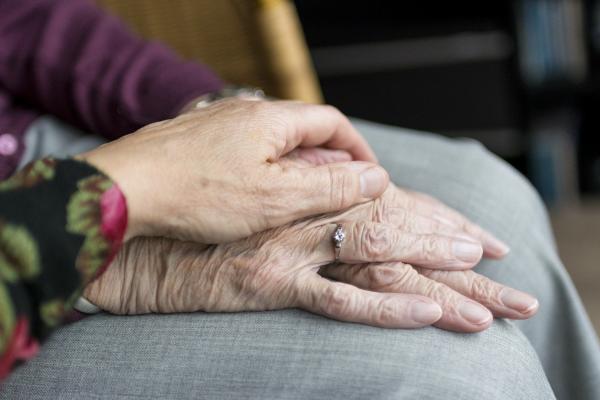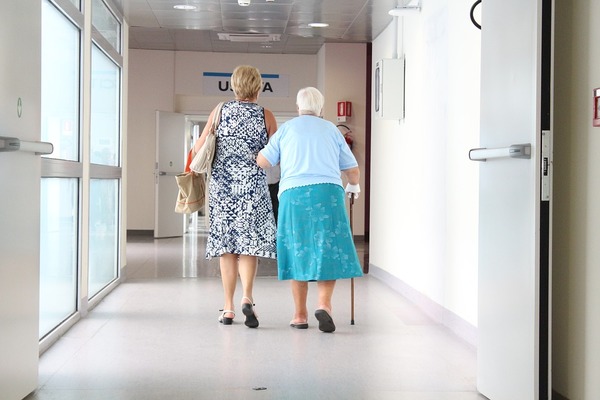By Margaret Maccoll
As the aged care sector keenly await the release today of the Royal Commission into Aged Care Quality and Safety report Noosa Care CEO Megan D’Elton spoke about the changing face of aged care over the past two decades and the needs in the community.
When Ms D’Elton began working in aged care 22 years ago expectations were different to those of today’s Baby Boomers.
The emphasis now is on home care packages that support people to remain in their own homes but previous generations didn’t have the option of home care packages.
She said over the years people coming into residential care have tended to be frailer and more dependent than in the past and requiring end of life care. In the past they tended to have low care needs when they arrived and as they aged on site their care needs increased.
“The most important thing is to have a choice,“ she said. “The problem with home care packages is they don’t fund 24 hour care.“
Ms D’Elton said Noosa Care’s not for profit organisation supported the choice of people remaining in their own homes but want the community to know there was nothing wrong with residential care. The centre provides accommodation for people requiring various levels of care including dementia care and operates at 98 per cent occupancy.
The centre has a waiting list with wait times up to six months depending on the type of care required and availability. It also receives emergency requests from hospitals and offers respite to members of the community.
Ms D’Elton said the organisation hoped to see recommendations in the report for an appropriate model of funding that was more flexible in the way fees were charged.She wanted to see more recognition for the staff who work in residential aged care and education of the community as to what residential aged care delivers.People don’t understand we’re not a hospital, she said. Noosa Care provides home style care with nurses on staff to make assessments of residents’ health, distribute medication and provide wound care. When residents require acute care they are taken to the hospital.
A group of aged care providers have united to create The Australian Aged Care Collaboration (AACC) and is calling for an overhaul of the design, objectives, regulation and resourcing of the aged care system.
The AACC represents more than 1000 providers of aged care in homes or communal residential settings and says problems stem from underfunding from the Federal Government.
AACC representatives Sean Rooney and Patricia Sparrow said while the rest of the world spends an average of 2.5 per cent of their GDP on aged care, Australia spends 1.2 per cent.
The group has launched a campaign targeting 30 Federal MPs in the country’s oldest electorates including Wide Bay which is comprised of 110,000 voters of which 53 per cent is over the age of 55.
“The 30 Members of Parliament who represent Australia’s ‘oldest’ electorates have the greatest opportunity to represent the needs of their communities,“ Mr Rooney said.
More than 4.1 million Australians, or almost 16 per cent of the population, are currently aged over 65. By 2057, that will rise to 8.8 million, or 22 per cent of the population.
Broadly speaking, Australians access government-subsidised aged care services in three different settings. There are 840,000 people with low care needs in their own homes accessing the Commonwealth Home Support Program CHSP, 174,000 people in their own home with greater care needs accessing Home Care Packages and 244,000 people in residential aged care.
In 2019-20 total expenditure on aged care in Australia reached about $26 billion with $21 billion from the Australian Government and the remainder from consumers.
AACC says about 16,000 Australians have died while waiting for a home care support package and about 100,000 people are waiting for home support at their approved level.
To meet the significant growth in the sector over the next 10 years it is predicted a further 88,000 places will be required in residential aged care at a cost of $55 billion and the sector will need 78,000 extra workers.







